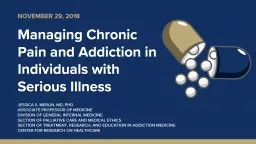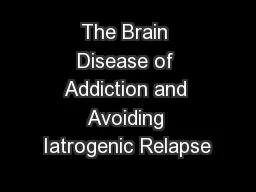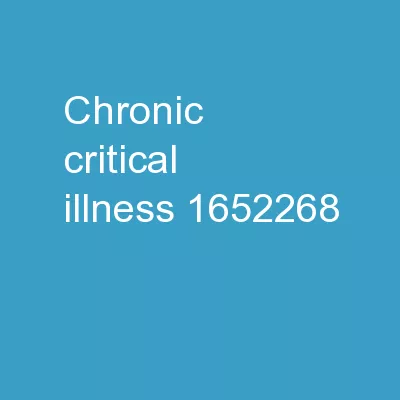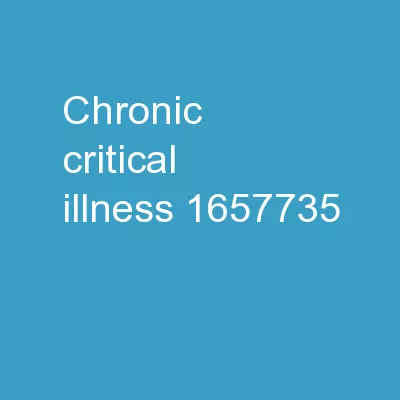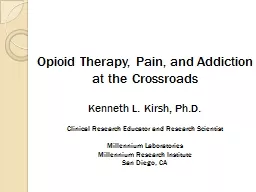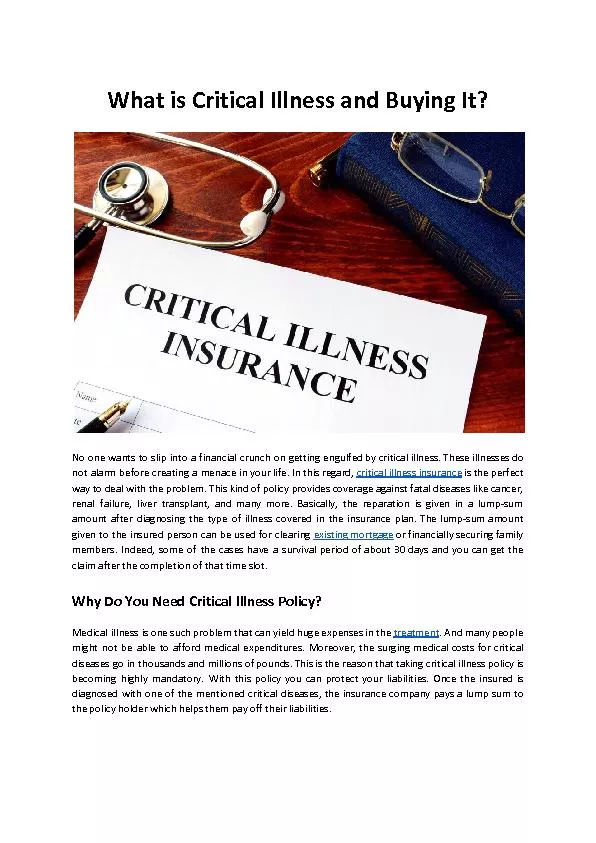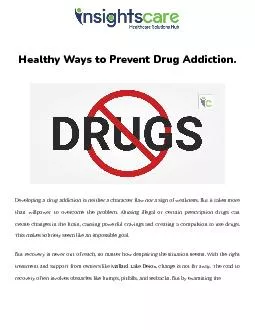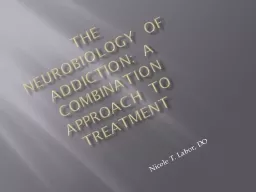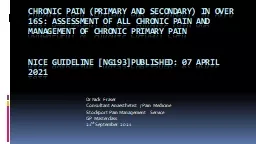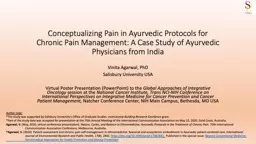PPT-NOVEMBER 29, 2018 Managing Chronic Pain and Addiction in Individuals with Serious Illness
Author : lois-ondreau | Published Date : 2019-11-23
NOVEMBER 29 2018 Managing Chronic Pain and Addiction in Individuals with Serious Illness JESSICA S MERLIN MD PHD ASSOCIATE PROFESSOR OF MEDICINE DIVISION OF GENERAL
Presentation Embed Code
Download Presentation
Download Presentation The PPT/PDF document "NOVEMBER 29, 2018 Managing Chronic Pain ..." is the property of its rightful owner. Permission is granted to download and print the materials on this website for personal, non-commercial use only, and to display it on your personal computer provided you do not modify the materials and that you retain all copyright notices contained in the materials. By downloading content from our website, you accept the terms of this agreement.
NOVEMBER 29, 2018 Managing Chronic Pain and Addiction in Individuals with Serious Illness: Transcript
Download Rules Of Document
"NOVEMBER 29, 2018 Managing Chronic Pain and Addiction in Individuals with Serious Illness"The content belongs to its owner. You may download and print it for personal use, without modification, and keep all copyright notices. By downloading, you agree to these terms.
Related Documents

